Posts Tagged: NASA’s
NASA’s Ingenuity helicopter has gone silent on Mars
NASA is trying to figure out how to reach its Ingenuity Mars helicopter after losing contact with the craft earlier this week. During its 72nd flight — a “quick pop-up” to an altitude of about 40 feet — NASA says Ingenuity stopped communicating with the Perseverance rover before it was meant to. It went quiet on Thursday, and as of Friday afternoon, NASA still hadn’t heard from it.
Perseverance serves the go-between for all communications to and from the helicopter; Ingenuity sends information to Perseverance, which then passes it on to Earth, and vice versa. According to NASA, the small helicopter completed the ascent as planned, but ceased communications while on its way back down. “The Ingenuity team is analyzing available data and considering next steps to reestablish communications with the helicopter,” NASA said in a status update on Friday. Ingenuity had previously ended a flight earlier than it was supposed to, and Thursday’s jaunt was meant to “check out the helicopter’s systems.”
Ingenuity has been on the red planet since 2021, when it arrived with the Perseverance rover. And it’s far exceeded its mission goals. NASA originally hoped the experimental helicopter would be able to complete a handful of flights. It went on to fly more than 20 times within its first year in operation. The space agency officially extended its mission in 2022, and it’s since executed dozens more more successful flights. Ingenuity is the first aircraft to take flight from the surface of Mars.
This article originally appeared on Engadget at https://www.engadget.com/nasas-ingenuity-helicopter-has-gone-silent-on-mars-195746735.html?src=rss
Engadget is a web magazine with obsessive daily coverage of everything new in gadgets and consumer electronics
NASA’s OSIRIS-REx mission collected more Bennu asteroid samples than first thought
NASA has revealed that it has already processed 70.3 grams of rocks and dust collected by the OSIRIS-REx mission from asteroid Bennu. That means the mission has way exceeded its goal of bringing 60 grams of asteroid samples back to Earth — especially since NASA scientists have yet to open the primary sample container that made its way back to our planet in September. Apparently, they're struggling to open the mission's Touch-and-Go Sample Acquisition Mechanism (TAGSAM) and could not remove two of its 35 fasteners using the tools currently available to them.
The scientists are processing the samples inside a specialized glovebox (pictured above) with a flow of nitrogen in order to keep them from being exposed to our atmosphere and any contaminants. They can't just use any implement to break the container's fasteners open either: The tool must fit inside the glovebox, and it also must not compromise the samples' integrity. NASA has sealed the primary container sample for now, while it's developing the procedure to be able to open it over the next few weeks.
If you're wondering where the 70.3 grams of rocks and dust came from, well, NASA collected part of it from the external sample receptacle but outside TAGSAM itself. It also includes a small portion of the samples inside TAGSAM, taken by holding down its mylar flap and reaching inside with tweezers or a scoop. NASA's initial analysis of the material published earlier this month said it showed evidence of high carbon content and water, and further studies could help us understand how life on Earth began. The agency plans to continue analyzing and "characterizing" the rocks and dust it has already taken from the sample container, so we may hear more details about the samples even while TAGSAM remains sealed.
This article originally appeared on Engadget at https://www.engadget.com/nasas-osiris-rex-mission-collected-more-bennu-asteroid-samples-than-first-thought-083605172.html?src=rss
Engadget is a web magazine with obsessive daily coverage of everything new in gadgets and consumer electronics
Hitting the Books: NASA’s Kathy Sullivan and advances in orbital personal hygiene
For the first couple decades of its existence, NASA was the epitome of an Old Boys Club; its astronaut ranks pulled exclusively from the Armed Services’ test pilot programs which, at that time, were exclusively staffed by men. Glass ceilings weren’t the only things broken when Sally Ride, Judy Resnik, Kathy Sullivan, Anna Fisher, Margaret “Rhea” Seddon and Shannon Lucid were admitted to the program in 1978 — numerous spaceflight systems had to be reassessed to accommodate a more diverse workforce. In The Six: The Untold Story of America’s First Women Astronauts, journalist Loren Grush chronicles the numerous trials and challenges these women faced — from institutional sexism to enduring survival training to navigating the personal pressures that the public life of an astronaut entails — in their efforts to reach orbit.
Adapted from The Six: The Untold Story of America’s First Women Astronauts by Loren Grush. Copyright © 2023 by Loren Grush. Excerpted with permission by Scribner, a division of Simon & Schuster, Inc.
Above the Chisos Mountains sprawling across Big Bend National Park in West Texas, Kathy [Sullivan, PhD, third woman to fly in space and future head of the NOAA] sat in the back seat of NASA’s WB-57F reconnaissance aircraft as it climbed higher into the sky. The pilot, Jim Korkowski, kept his eye on the jet’s altimeter as they ascended. They’d just passed sixty thousand feet, and they weren’t done rising. It was a dizzyingly high altitude, but the plane was made to handle such extremes.
Inside the cockpit, both Kathy and Jim were prepared. They were fully outfitted in the air force’s high-altitude pressure suits. To the untrained observer, the gear looked almost like actual space suits. Each ensemble consisted of a bulky dark onesie, with thick gloves and a thick helmet. The combination was designed to apply pressure to the body as the high-altitude air thinned away and made it almost impossible for the human body to function.
The duo eventually reached their target height: 63,300 feet. At that altitude, their pressure suits were a matter of life and death. The surrounding air pressure was so low that their blood could start to boil if their bodies were left unprotected. But with the suits on, it was an uneventful research expedition. Kathy took images with a specialized infrared camera that could produce color photos, and she also scanned the distant terrain in various wavelengths of light.
They spent just an hour and a half over Big Bend, and the flight lasted just four hours in total. While it may have seemed a quick and easy flight, Kathy made history when she reached that final altitude above West Texas on July 1, 1979. In that moment, she flew higher than any woman ever had, setting an unofficial world aviation record.
The assignment to train with the WB-57 had scared her at first, but Kathy wound up loving those high-flying planes. “That was very fun, other than this little bit of vague concern that, ‘Hope this doesn’t mean I’m falling off the face of the Earth,’” Kathy said. The assignment took her on flights up north to Alaska and down south to Peru. As she’d hoped, she received full qualification to wear the air force’s pressure suits, becoming the first woman to do so. Soon, donning a full-body suit designed to keep her alive became second nature to her.
NASA officials had also sought her out to test a new piece of equipment they were developing for future Shuttle astronauts, one that would let people relieve themselves while in space. During the Apollo and Gemini eras, NASA developed a relatively complex apparatus for astronauts to pee in their flight suits. It was, in essence, a flexible rubber cuff that fit around the penis, which then attached to a collection bag. The condom-like cuffs came in “small,” “medium,” and “large” (though Michael Collins claimed the astronauts gave them their own terms: “extra large,” “immense,” and “unbelievable”). It was certainly not a foolproof system. Urine often escaped from beneath the sheath.
Cuffs certainly weren’t going to work once women entered the astronaut corps. While the Space Shuttle had a fancy new toilet for both men and women to use, the astronauts still needed some outlet for when they were strapped to their seats for hours, awaiting launch or reentry. And if one of the women was to do a spacewalk, she’d need some kind of device during those hours afloat. So, NASA engineers created the Disposable Absorption Containment Trunk (DACT). In its most basic form it was . . . a diaper. It was an easy fix in case astronauts needed to urinate while out of reach of the toilet. It was designed to absorb fecal matter, too, though the women probably opted to wait until they reached orbit for that.
Kathy was the best person to test it out. Often during her high-altitude flights, she’d be trapped in her pressure suit for hours on end, creating the perfect testing conditions to analyze the DACT’s durability. It worked like a charm. And although the first male Shuttle fliers stuck to the cuffs, eventually the DACT became standard equipment for everyone.
After accumulating hundreds of hours in these pressure suits, Kathy hoped to leverage her experience into a flight assignment, one that might let her take a walk outside the Space Shuttle one day. As luck would have it, she ran into Bruce McCandless II in the JSC gym one afternoon. He was the guy to know when it came to spacewalks. NASA officials had put him in charge of developing all the spacewalk procedures and protocols, and at times he seemed to live in the NASA pools. Plus, he was always conscripting one of Kathy’s classmates to do simulated runs with him in the tanks. Kathy wanted to be next. Projecting as much confidence as she could, she asked him to consider her for his next training run.
It worked. Bruce invited Kathy to accompany him to Marshall Space Flight Center in Alabama to take a dive in the tank there. The two would be working on spacewalk techniques that might be used one day to assemble a space station. However, the Space Shuttle suits still weren’t ready to use yet. Kathy had to wear Apollo moonwalker Pete Conrad’s suit, just like Anna had done during her spacewalk simulations. But while the suit swallowed tiny Anna, it was just slightly too small for Kathy, by about an inch. When she put it on, the suit stabbed her shoulders, while parts of it seemed to dig into her chest and back. She tried to stand up and nearly passed out. It took all her strength to walk over to the pool before she flopped into the tank. In the simulated weightless environment, the pain immediately evaporated. But it was still a crucial lesson in space-suit sizes. The suits have to fit their wearers perfectly if the spacewalk is going to work.
The session may have started off painfully, but once she began tinkering with tools and understanding how to maneuver her arms to shift the rest of her body, she was hooked. She loved spacewalking so much that she’d go on to do dozens more practice dives throughout training.
But it wasn’t enough to practice in the pool. She wanted to go orbital.
This article originally appeared on Engadget at https://www.engadget.com/hitting-the-books-the-six-loren-grush-scribner-143032524.html?src=rss
Engadget is a web magazine with obsessive daily coverage of everything new in gadgets and consumer electronics
What comes after Webb? NASA’s next-generation planet-hunting telescope
The James Webb Space Telescope only launched recently, but scientists are already plotting a planet-hunting telescope that will help find worlds like our own.
Digital Trends
NASA’s Artemis 1 Orion spacecraft returns to Kennedy Space Center
After completing its 1.4 million mile trip to the Moon and back at the start of last month, NASA’s Artemis 1 Orion spacecraft has returned to the Kennedy Space Center. The homecoming occurred on December 30th. Artemis 1 splashed down in the Pacific Ocean on December 11th. After the USS Portland recovered the unmanned crew vehicle and brought it to Naval Base San Diego on December 13th, the capsule embarked on an overland trek to Florida the next day. Artemis 1’s record-breaking journey began on November 16th with a memorable nighttime launch atop NASA’s next-generation Space Launch System heavy-lift rocket.
The #Artemis I @NASA_Orion spacecraft has returned to @NASAKennedy. Thank you to the @NASAGroundSys team for bringing us home safely. pic.twitter.com/ANqT87h2XL
— Howard Hu (@HowardHuNASA) December 31, 2022
Now that Orion is back at Kennedy Space Center, NASA will remove the spacecraft’s heat shield so that it can conduct an “extensive analysis” of the component and determine exactly how it fared during atmospheric reentry. The agency will also remove Moonikin Campos, the test dummy NASA sent aboard Orion to collect data on how travel to the Moon might affect humans. “Artemis I was a major step forward as part of NASA’s lunar exploration efforts and sets the stage for the next mission of the Space Launch System rocket and Orion to fly crew around the Moon on Artemis II,” NASA said.
While Artemis II won’t launch until 2024 at the earliest, there’s still a lot to look forward to between now and next year. NASA promised to announce the mission’s four-person crew sometime in “early 2023.” Artemis II will set the stage for the first human lunar landing since the end of the Apollo program in 1972, and eventually a permanent NASA presence on the Moon.
NASA’s Orion spacecraft on track to begin Moon flyby on November 21st
The Orion crew vehicle is exceeding expectations on its way to the Moon. NASA provided an update on Artemis 1 following the mission’s successful launch early Wednesday morning. “Orion has been performing great so far,” Vehicle Integration Manager Jim Geffre said during a press briefing NASA held on Friday. “All of the systems are exceeding expectations from a performance standpoint.”
Artemis 1 seeks to confirm the crew vehicle can safely carry human astronauts to Earth’s natural satellite. The journey marks Orion’s first trip beyond our planet’s orbit. In 2014, the spacecraft completed a two-orbit test flight around Earth. A successful flight would pave the way for a manned mission to the Moon and eventually NASA’s first crewed lunar landing since Apollo 17 in 1972.
.@NASA_Orion is performing extremely well and is now more than halfway to the Moon. Since launch, we’ve tested the optical navigation system and performed external inspections to assess the Orion’s condition. Latest updates on #Artemis I are available at https://t.co/gqViM3Tl9Q. pic.twitter.com/aKdvGuDAhs
— Jim Free (@JimFree) November 19, 2022
The agency expects Artemis 1 to reach the Moon on November 21st. At that point, the spacecraft will perform the first of four main engine burns NASA has planned for the mission. At times, Orion will fly little more than 81 miles (130 kilometers) above the lunar surface. “We will be passing over some of the Apollo landing sites,” Flight Director Jeff Radigan said. Four days later, NASA plans to conduct a second burn to put Orion in a distant orbit around the Moon before finally setting the spacecraft on a return trajectory toward the Earth. If all goes according to plan, Orion will land in the Pacific Ocean on December 11th.
Orion’s early successes are a welcome development after the troubles NASA encountered with its Space Launch System heavy-lift rocket. The space agency was forced to delay the launch of Artemis 1 multiple times due to engine problems, hydrogen fuel leaks and hurricane-force winds. Early Wednesday morning, it appeared that the agency would be forced to delay the mission again after the SLS ground team discovered a leak in one of the fuel lines on the rocket’s launch tower. However, after NASA personnel tightened some bolts, the SLS lifted off, creating a dazzling nighttime display.
Watch NASA’s latest Artemis 1 launch attempt here at 1:04AM ET
NASA is once again preparing to launch Artemis 1 after technical issues and hurricanes upended previous attempts. The next launch window for the uncrewed test flight around the Moon will be open for two hours, starting at 1:04AM ET on November 16th. In case NASA has to scrub it once again, the agency has scheduled another backup launch window, which opens at 1:45AM on November 19th.
The agency had penciled in a launch attempt for November 14th, but Hurricane Nicole forced a slight delay to those plans. NASA kept the Space Launch System (SLS) rocket and Orion spacecraft on the launch pad as the hurricane battered the Kennedy Space Center. They sustained minor damage, but not enough to force a lengthier delay.
NASA first tried to send Artemis 1 into space on August 29th, but engine issues and a hydrogen fuel leak forced the agency to scrub the initial launch attempts. The next stab at a launch in late September didn’t work out either. NASA took the SLS and Orion back to the Vehicle Assembly Building to protect them from Hurricane Ian. Here’s hoping NASA can finally send them on their way this time.
You can watch a livestream of the latest launch attempt below. Alternatively, you can watch the launch in virtual reality. If you happen to be in Florida or the south east region of Georgia, you may be able to see the SLS and Orion soar into the skies by going outside, if conditions are favorable enough.
NASA’s DART asteroid impact test left a trail over 6,000 miles long
NASA's successful asteroid impact test created a beautiful mess, apparently. As the Associated Press reports, astronomers using the Southern Astrophysical Research (SOAR) Telescope in Chile have captured an image revealing that DART's collision with Dimorphos left a trail of dust and other debris measuring over 6,000 miles long. The spacecraft wasn't solely responsible — rather, the Sun's radiation pressure pushed the material away like it would with a comet's tail.
The trail is only likely to get larger, according to the researchers. It should eventually stretch to the point where the dust stream is virtually unrecognizable from the usual particles floating in the Solar System. NASA didn't create headaches for future probes and explorers. The space agency chose Dimorphos (a moonlet of the asteroid Didymos) as the deliberate crash wouldn't pose a threat to Earth.
The capture was about more than obtaining a dramatic snapshot, of course. Scientists will use data collected using SOAR, the Astronomical Event Observatory Network and other observers to understand more about the collision and Dimorphos itself. They'll determine the amount and speed of material ejected from the asteroid, and whether or not DART produced large debris chunks or 'merely' fine dust. Those will help understand how spacecraft can alter an asteroid's orbit, and potentially improve Earth's defenses against wayward cosmic rocks.
Watch NASA’s Mars helicopter complete a record-setting flight
NASA's Ingenuity helicopter is still pushing boundaries long after its first Mars liftoff. As CNETnotes, the space agency has shared video of Ingenuity's milestone 25th flight on April 8th, when it broke duration and speed records. The robotic helicopter flew at 12MPH for just over two minutes and 41 seconds, providing footage of the Red Planet's rippling sands and rock fields as part of the 2,310-foot journey. The footage you see below was sped up to cut the viewing time to 35 seconds.
The video doesn't include the very start and end of the trip, but for good reason. The navigation camera switches off whenever Ingenuity is within three feet of the Martian surface to prevent dust from interfering with the navigation system. The autonomous flier receives flight plans from JPL, but it uses a combination of the camera, a laser rangefinder and an inertial measurement unit to adapt to real-life conditions.
Ingenuity has flown three times since. It's currently preparing for a 29th flight following a brief scare in early May, when the mission team lost communication after the helicopter switched to a low-power state. NASA isn't easily deterred, then — expect the aircraft to keep flying for a while to come.
NASA’s James Webb Space Telescope is ready for calibration after chilling out
The James Webb Space Telescope is one step closer to probing the depths of the universe. On Wednesday, NASA announced that it was ready to start taking test images and aligning the optics of the JWST after the telescope’s instrumentation reached its final operating temperature of minus 448 degrees Fahrenheit (or minus 267 degrees Celsius) partway through last week.
Cool news! Webb’s MIRI instrument recently passed through its critical “pinch point” and cooled to just a few kelvins above absolute zero, which is the coldest you can go: https://t.co/jjE7xTal0O
Wondering why MIRI is extremely chill? Thread ❄️ pic.twitter.com/a9l7lcZ645
— NASA Webb Telescope (@NASAWebb) April 13, 2022
The JWST has been gradually cooling down ever since its successful December 25th launch, but the telescope took a major step forward on that front when it deployed its massive 70-foot sunshield at the start of the year. That component allowed JWST’s systems, including its critical Mid-Infrared Instrument (MIRI), to drop to a temperature of approximately minus 298 degrees Fahrenheit (or about minus 183 degrees Celsius).
Getting the JWST to its final operating temperature required NASA and the European Space Agency to activate the telescope’s electric “cryocooler.” That in itself involved passing a technical hurdle dubbed the “pinch point,” or the stage at which the James Webb’s instruments went from minus 433 degrees Fahrenheit to minus 448 Fahrenheit.
“The MIRI cooler team has poured a lot of hard work into developing the procedure for the pinch point,” said Analyn Schneider, MIRI project manager for NASA’s Jet Propulsion Laboratory. “The team was both excited and nervous going into the critical activity. In the end, it was a textbook execution of the procedure, and the cooler performance is even better than expected.”
Part of the reason the James Webb needs to be so cold before it can begin its mission is so that its electronics generate the least amount of infrared light possible and are thereby less likely to interfere with its instruments when astronomers turn them toward distant cosmic bodies. The cold temperatures are also required to avoid something called “dark current,” an electrical force that’s generated when the atoms in the telescope’s detectors vibrate. That movement can create false signals that make it more difficult for the telescope to get an accurate picture of a celestial body.
NASA’s SLS Moon rocket arrives at launch pad for the first time
NASA's Space Launch System has finally reached the pad — although an actual launch is still some ways off. The SLS rocket and the Orion spacecraft it carries arrived at Kennedy Space Center's Launch Pad 39B for the first time at 4:15AM Eastern today (March 18th) for one last test before the uncrewed (and delayed) Artemis I mission to the Moon. The team will conduct a "wet dress rehearsal" that replicates the mission short of liftoff, including the propellant load, countdown procedures and draining tanks.
The test will help NASA set an exact target launch date for Artemis I. The SLS won't stay out for very long., though, as the agency plans to roll it back to the Vehicle Assembly Building several days after the test. There, crews will remove rehearsal sensors , top up batteries, add "late-load" cargo and conduct final checks. The rocket will return to the launch pad about a week before the real launch, tentatively slated for May or later.
The preliminary deployment still marks a few important milestones. NASA officially began development of the SLS in 2011, and spent over $ 23 billion (in 2021 dollars) on the project in roughly a decade — the launch pad rollout shows the investment is finally bearing fruit. It's also an important moment for Orion, which is edging closer to crewed flights.
More importantly, the arrival indicates that the next chapter of NASA's exploratory missions is about to begin. The SLS will not only be used for Artemis missions, but is expected to serve as NASA's primary deep space exploration launcher throughout the 2020s. As important as private rockets like SpaceX's Starship may be, it's likely the SLS that will carry the most historic missions in the years ahead.
NASA’s new sleeping bags could prevent eyeball ‘squashing’ on the ISS
Becoming an astronaut requires perfect 20/20 vision, but unfortunately, the effects of space can cause astronauts to return to Earth with degraded eyesight. Now, researchers from UT Southwestern Medical Center have developed a sleeping bag that that could prevent or reduce those problems by effectively sucking fluid out of astronauts' heads.
More than half of NASA astronauts that went to the International Space Station (ISS) for more than six months have developed vision problems to varying degrees. In one case, astronaut John Philips returned from a six month stint about the ISS in 2005 with his vision reduced from 20/20 to 20/100, as the BBC reported.
For multi-year trips to Mars, for example, this could become an issue. "It would be a disaster if astronauts had such severe impairments that they couldn't see what they're doing and it compromised the mission," lead researcher Dr. Benjamin Levine told the BBC.
Fluids tend to accumulate in the head when you sleep, but on Earth, gravity pulls them back down into the body when you get up. In the low gravity of space, though, more than a half gallon of fluid collects in the head. That in turn applies pressure to the eyeball, causing flattening that can lead to vision impairment — a disorder called spaceflight-associated neuro-ocular syndrome, or SANS. (Dr. Levine discovered SANS by flying cancer patients aboard zero-G parabolic flights. They still had ports in their heads to receive chemotherapy, which gave researchers an access point to measure pressure within their brains.)
To combat SANS, researchers collaborated with outdoor gear manufacturer REI to develop a sleeping bag that fits around the waist, enclosing the lower body. A vacuum cleaner-like suction device is then activated that draws fluid toward the feet, preventing it from accumulating in the head.
Around a dozen people volunteered to test the technology, and the results were positive. Some questions need to be answered before NASA brings the technology aboard the ISS, including the optimal amount of time astronauts should spend in the sleeping bag each day. They also need to determine if every astronaut should use one, or just those at risk of developing SANS.
Still, Dr. Levine is hopeful that SANS will no longer be an issue by the time NASA is ready to go to Mars. "This is perhaps one of the most mission-critical medical issues that has been discovered in the last decade for the space program," he said in a statement.
Eight US companies will manufacture NASA’s COVID-19 ventilator
Last month, the FDA rushed a NASA-designed ventilator through its fast-track Emergency Use Authorization (EUA) program in hopes that it might be used to treat COVID-19 patients. Caltech, which manages NASA’s Jet Propulsion Laboratory (JPL), offered t…
Engadget RSS Feed
NASA’s Psyche asteroid mission will use a SpaceX Falcon Heavy rocket
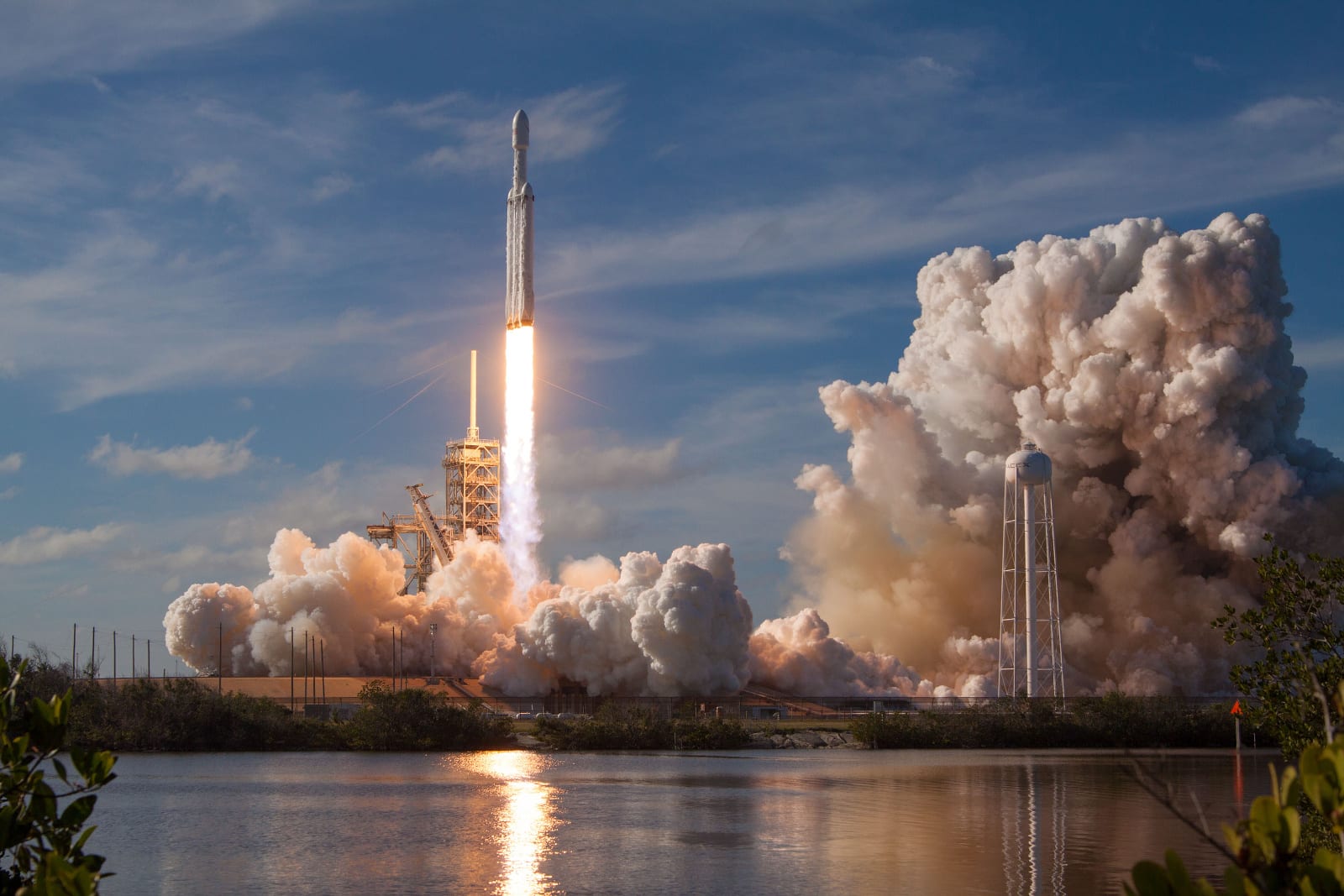
Engadget RSS Feed
NASA’s InSight lander can finally dig a hole for its Mars heat probe

Engadget RSS Feed
NASA’s Astrobee cube robot completes first hardware tests in space
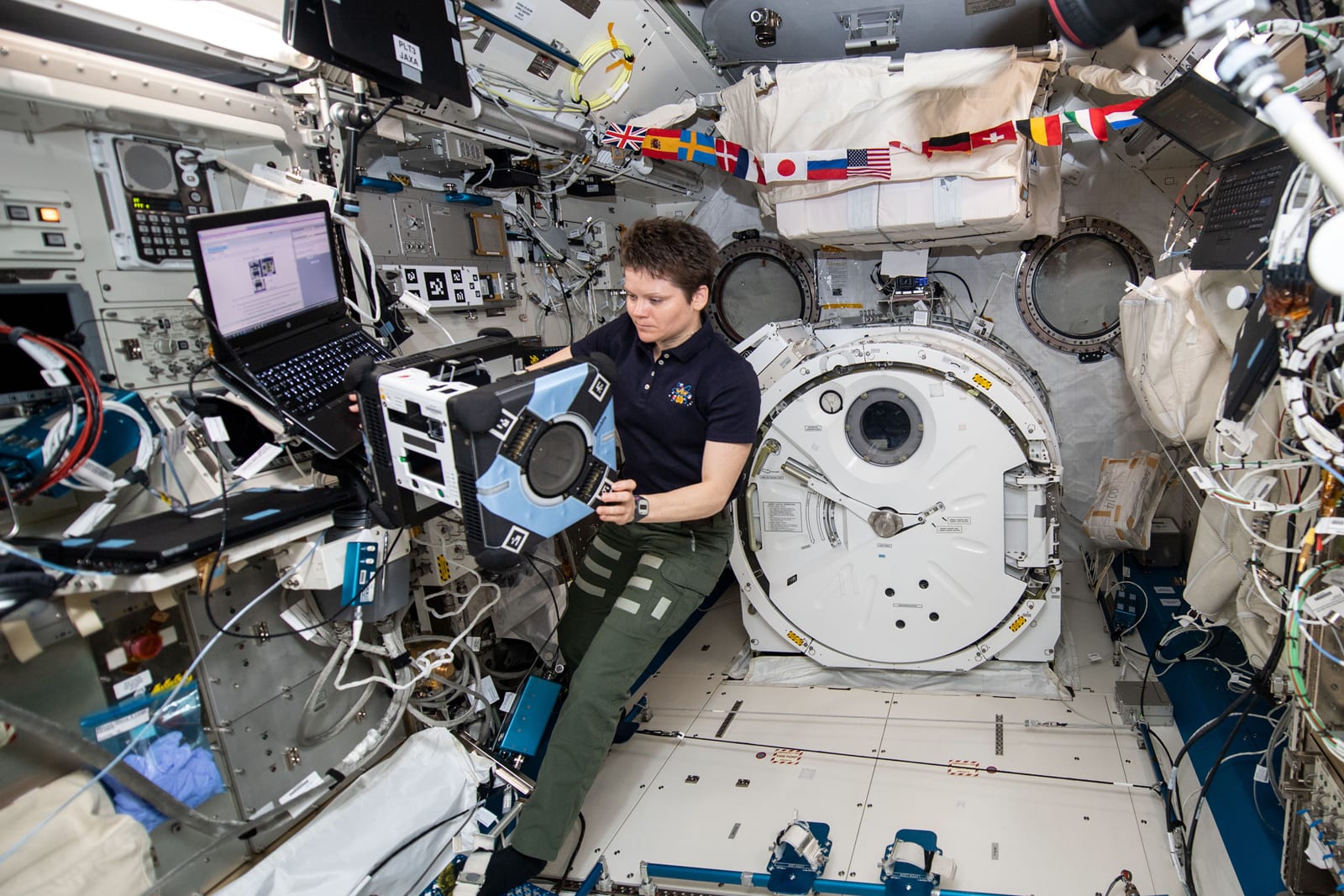
Engadget RSS Feed
An ill-fitting spacesuit cancels NASA’s first all-female spacewalk
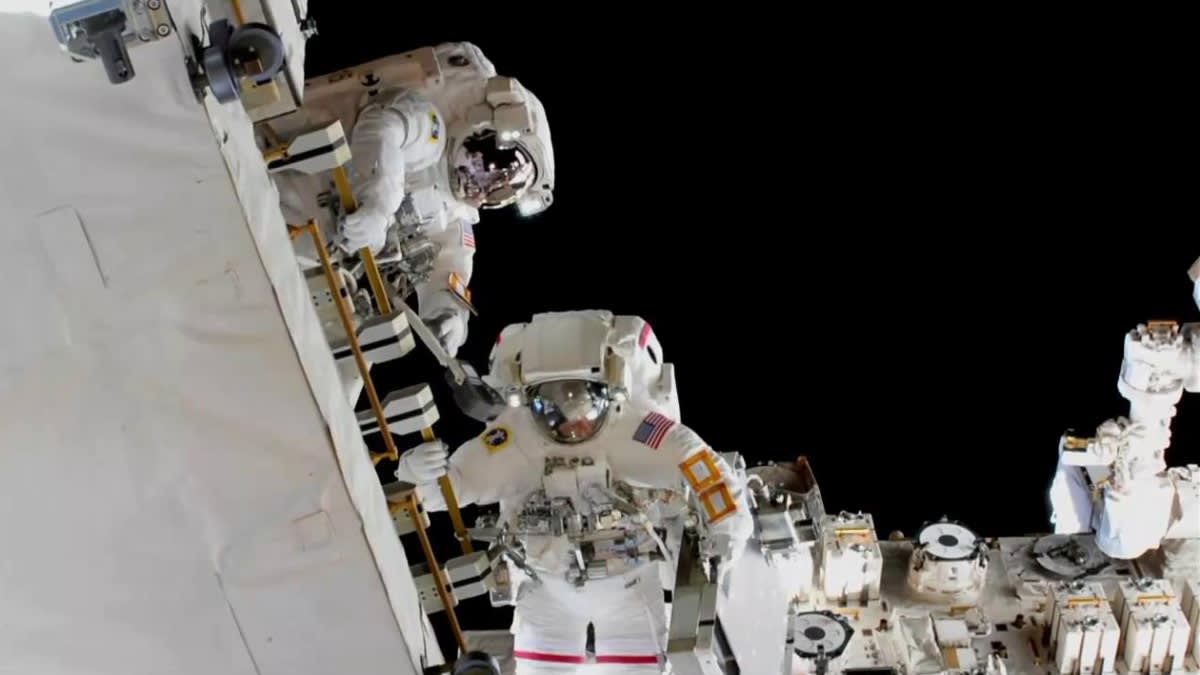
Engadget RSS Feed
NASA’s OSIRIS-REx has started orbiting asteroid Bennu
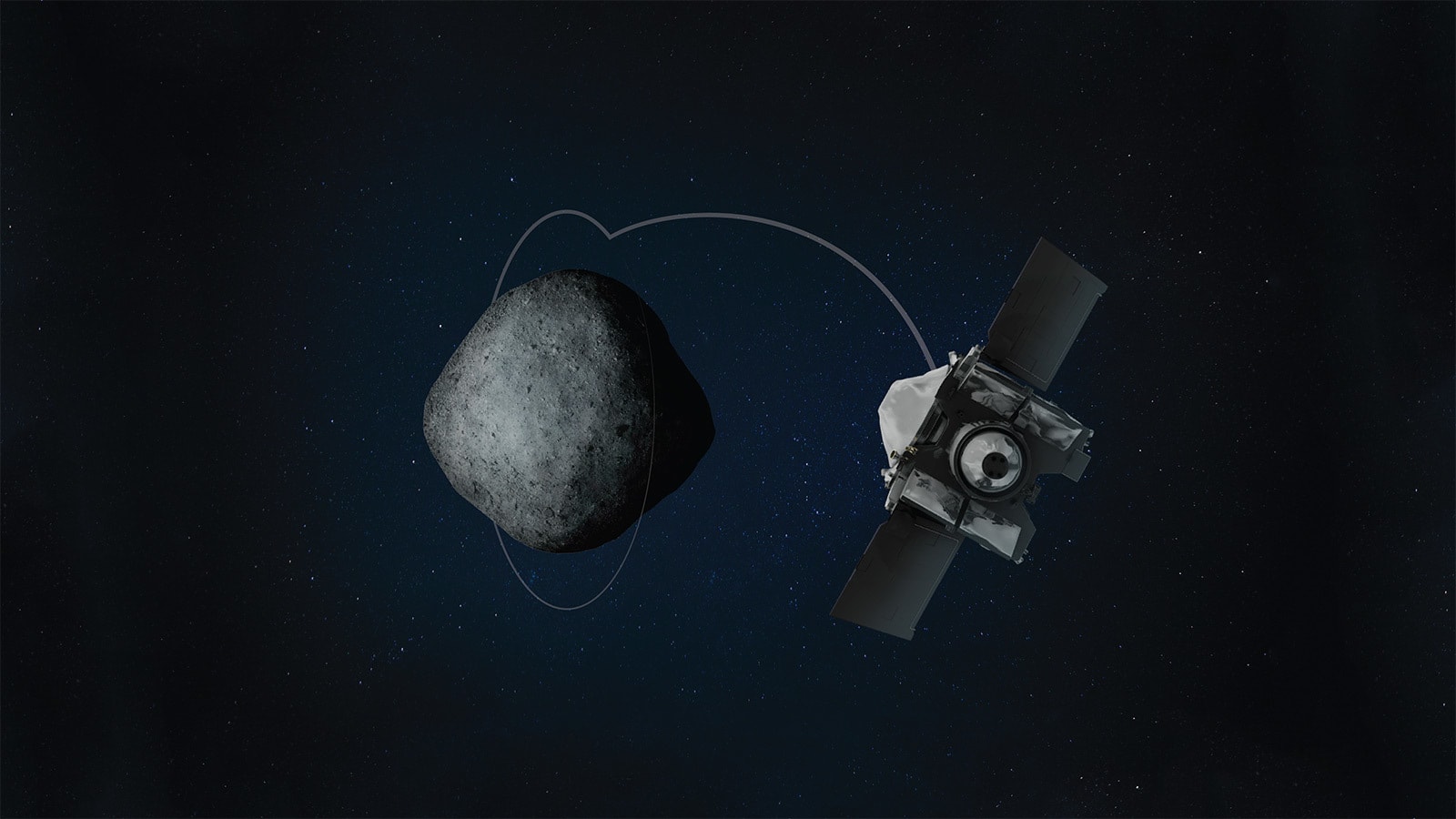
Engadget RSS Feed
Rocket Lab launches NASA’s first dedicated cubesat mission
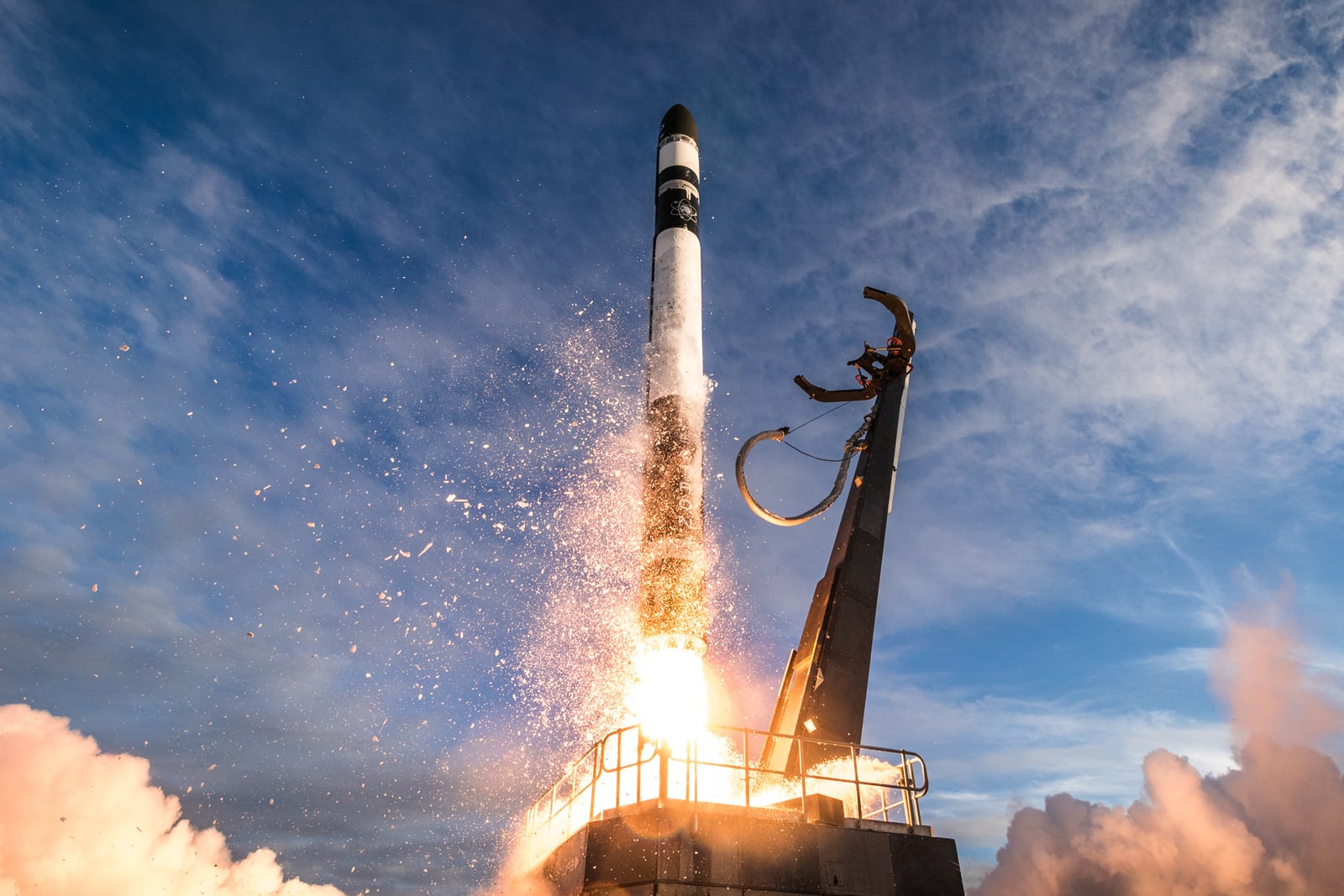
Engadget RSS Feed
NASA’s Insight lander delivers its first clear photo from Mars
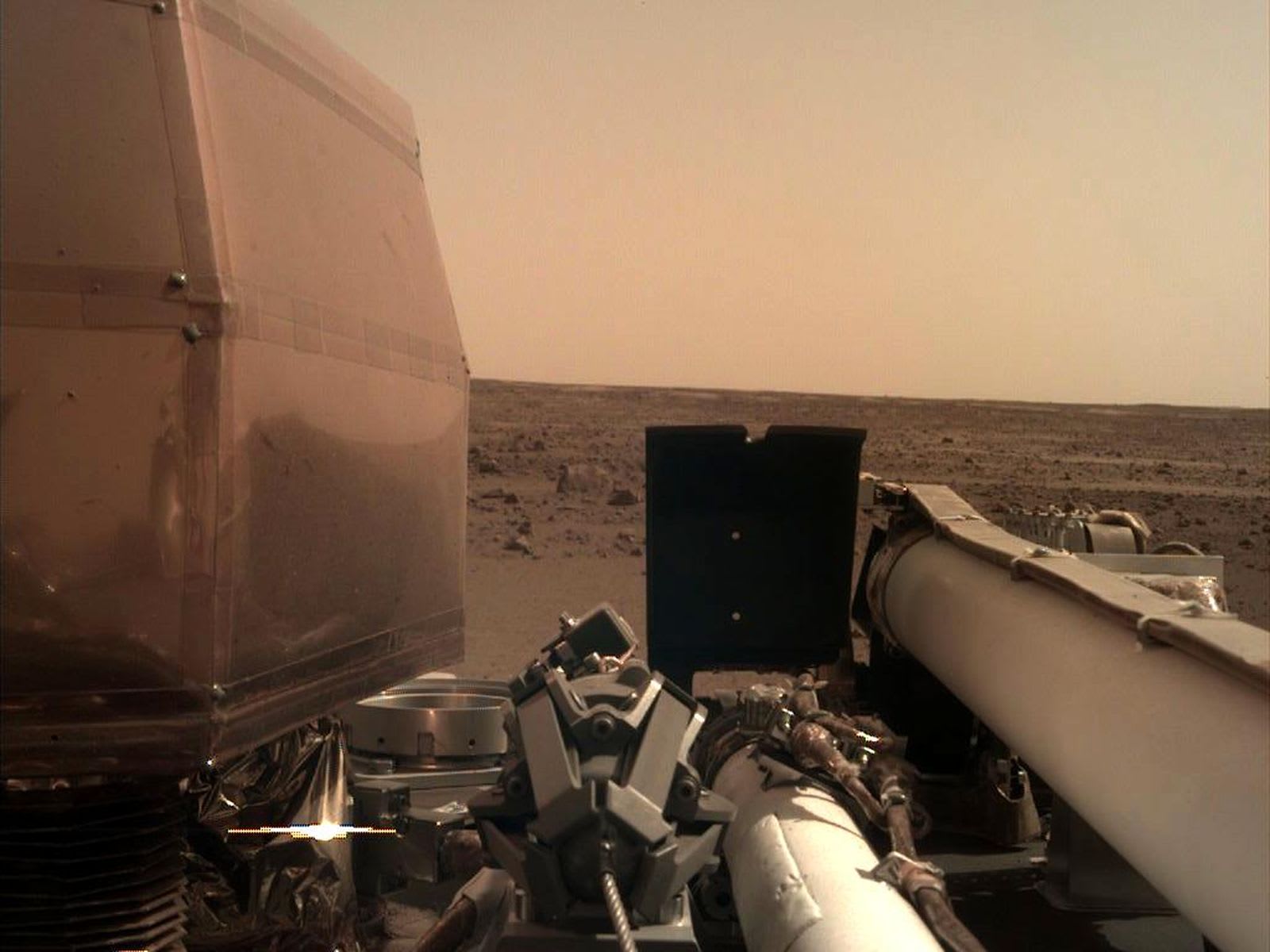
Engadget RSS Feed
NASA’s Hubble successor may miss its launch window
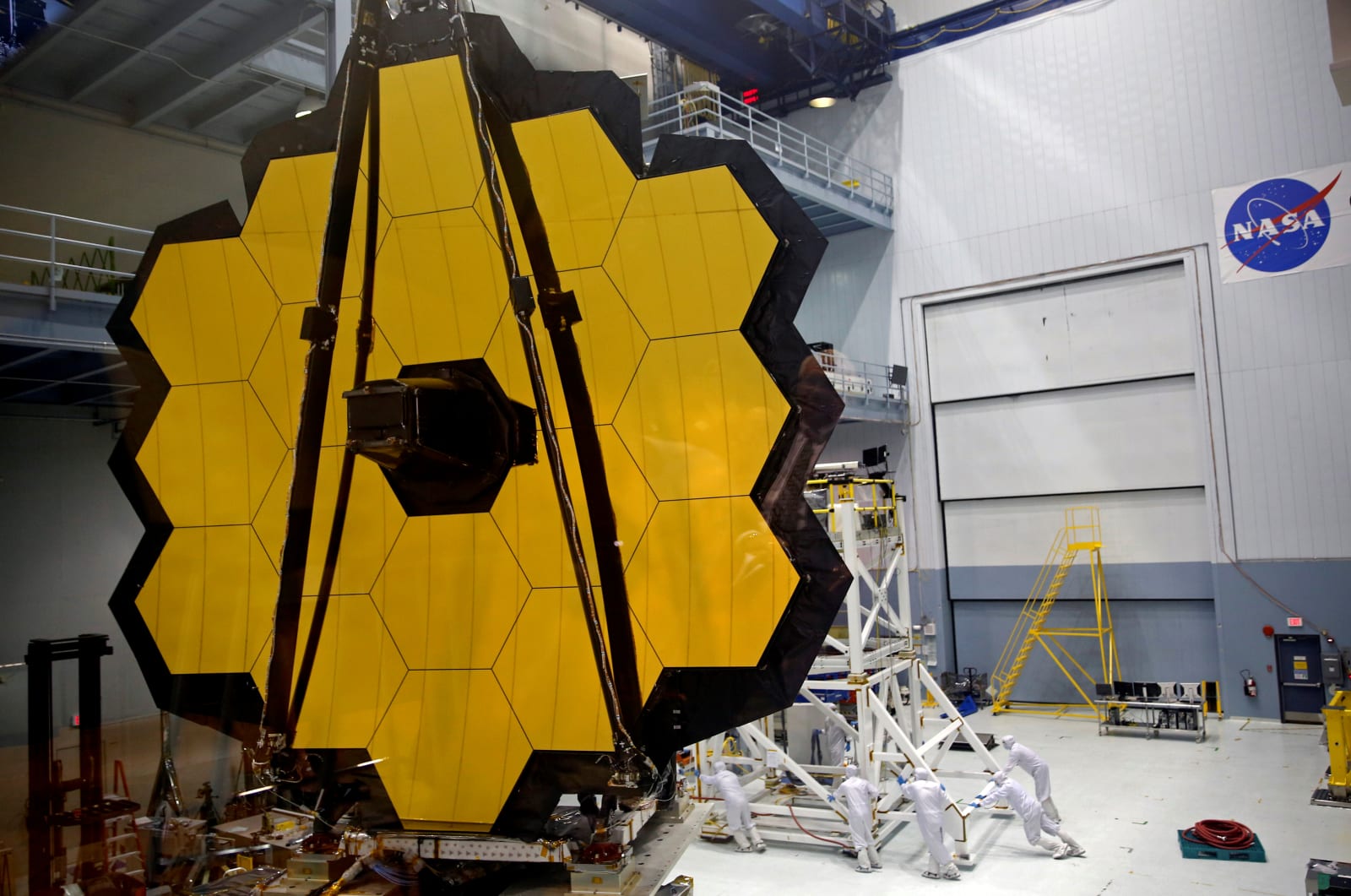 The James Webb Space Telescope, NASA's successor to Hubble, has undergone its share of delays. Now, things are getting even tighter. A report from the US Government Accountability Office finds that because of ongoing technical issues with the telesco…
The James Webb Space Telescope, NASA's successor to Hubble, has undergone its share of delays. Now, things are getting even tighter. A report from the US Government Accountability Office finds that because of ongoing technical issues with the telesco…
Engadget RSS Feed
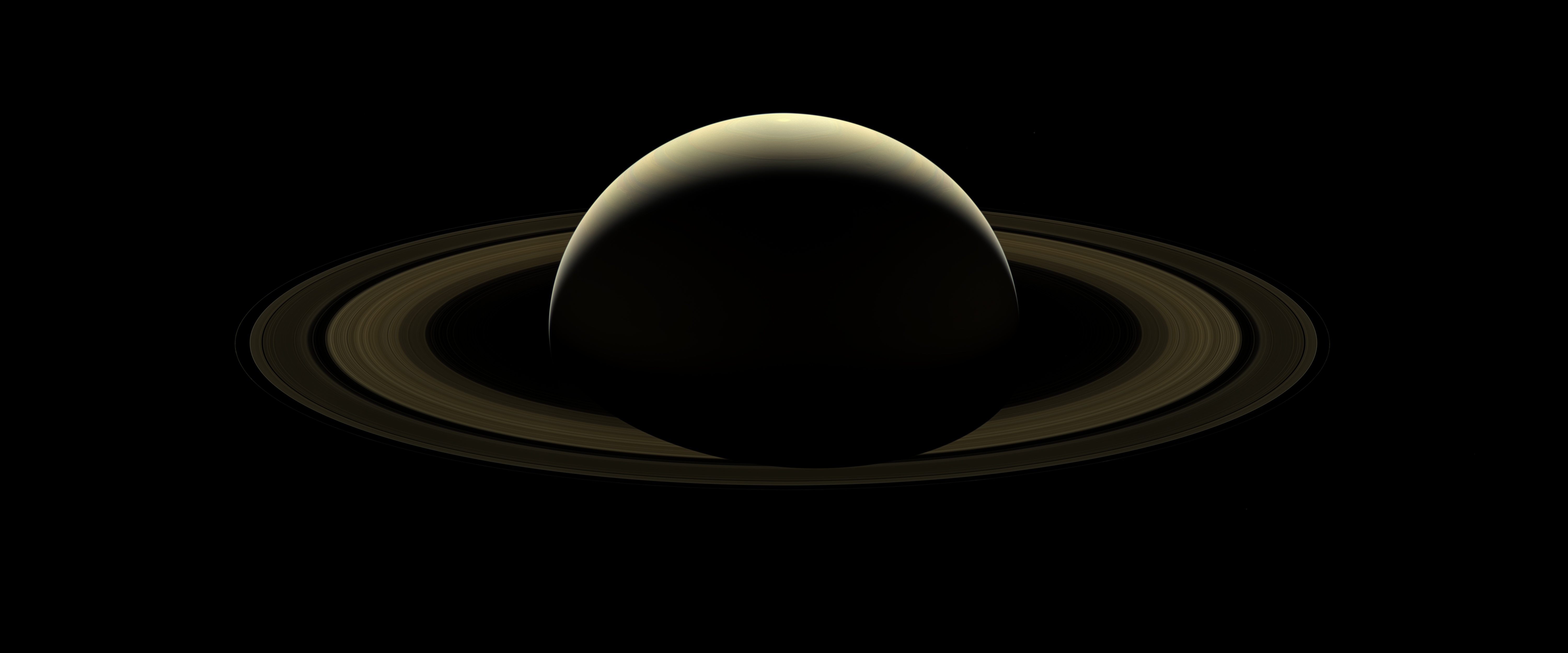
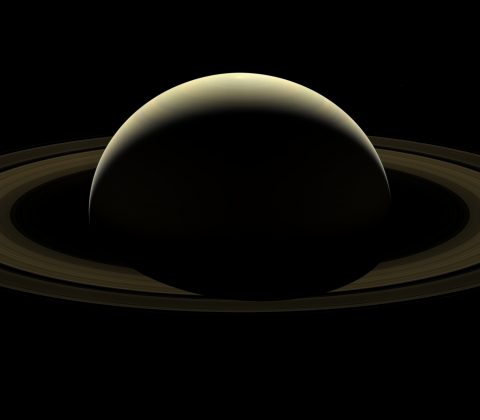
NASA’s Cassini probe bids farewell to Saturn with epic image
 NASA's Cassini spacecraft was always destined to be a doomed hero. After two decades in space, diligently exploring Saturn and its many strange and beautiful moons, operators deliberately crashed the spacecraft into the planet to make sure the moons…
NASA's Cassini spacecraft was always destined to be a doomed hero. After two decades in space, diligently exploring Saturn and its many strange and beautiful moons, operators deliberately crashed the spacecraft into the planet to make sure the moons…
Engadget RSS Feed
NASA’s retiring EO-1 satellite changed how we see Earth with these stunning photos
NASA has retired one of its greats — the Earth Observing-1 (EO-1) satellite — but the stunning images of Earth captured during its 17-year mission will live on. Here are 20 of our favorites.
The post NASA’s retiring EO-1 satellite changed how we see Earth with these stunning photos appeared first on Digital Trends.
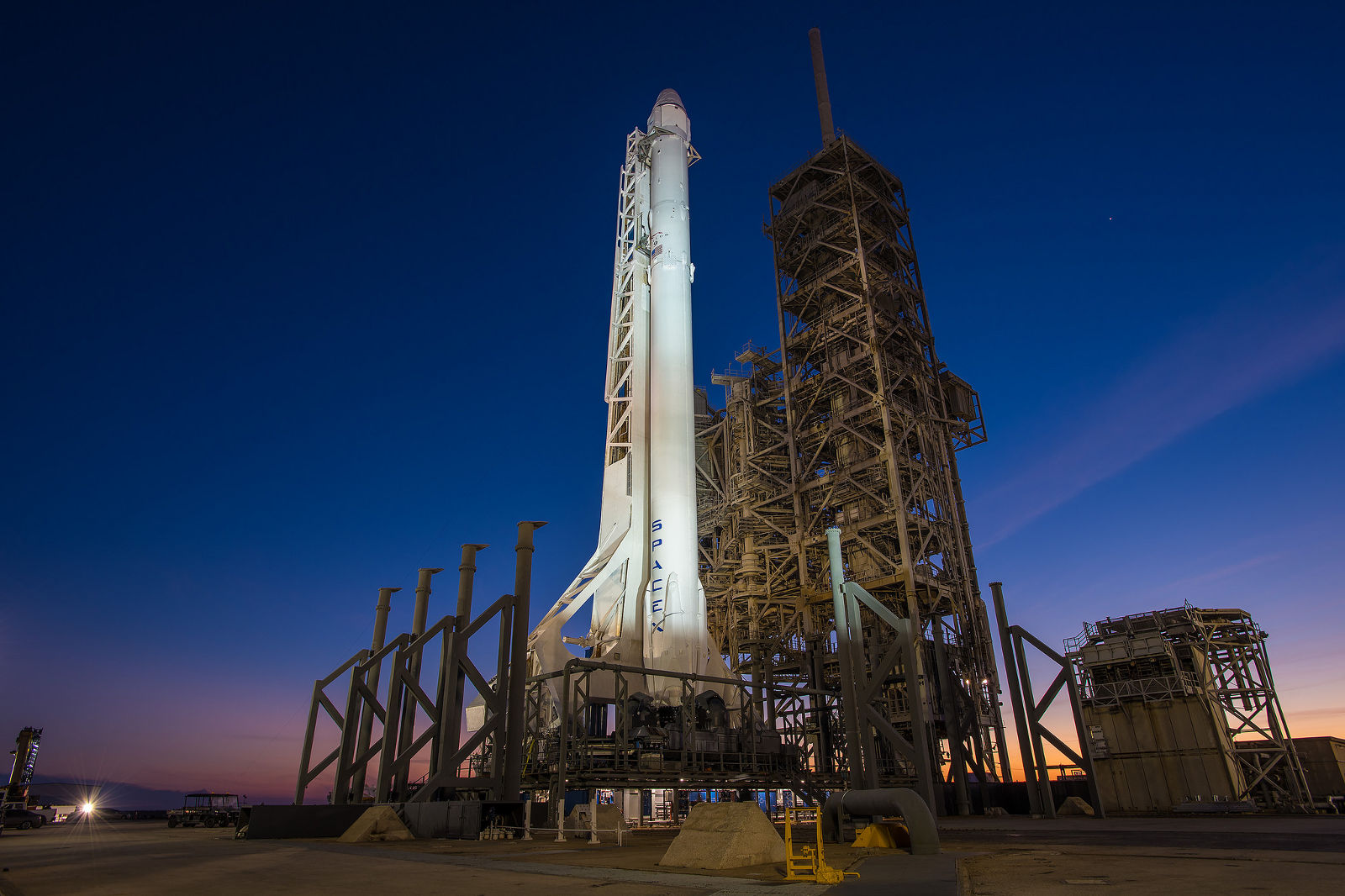
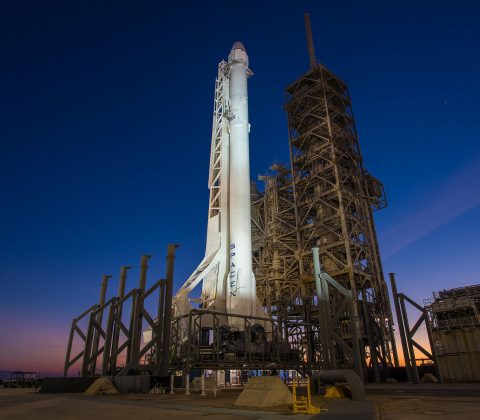
Watch a SpaceX Falcon 9 take off from NASA’s historic launch pad
 At 10:01 AM EST on February 18th, a SpaceX flight will take off from Launch Complex 39A for the first time since the company signed a 20-year lease for its use. The company will also attempt another first stage landing around 9 minutes after take off…
At 10:01 AM EST on February 18th, a SpaceX flight will take off from Launch Complex 39A for the first time since the company signed a 20-year lease for its use. The company will also attempt another first stage landing around 9 minutes after take off…
Engadget RSS Feed
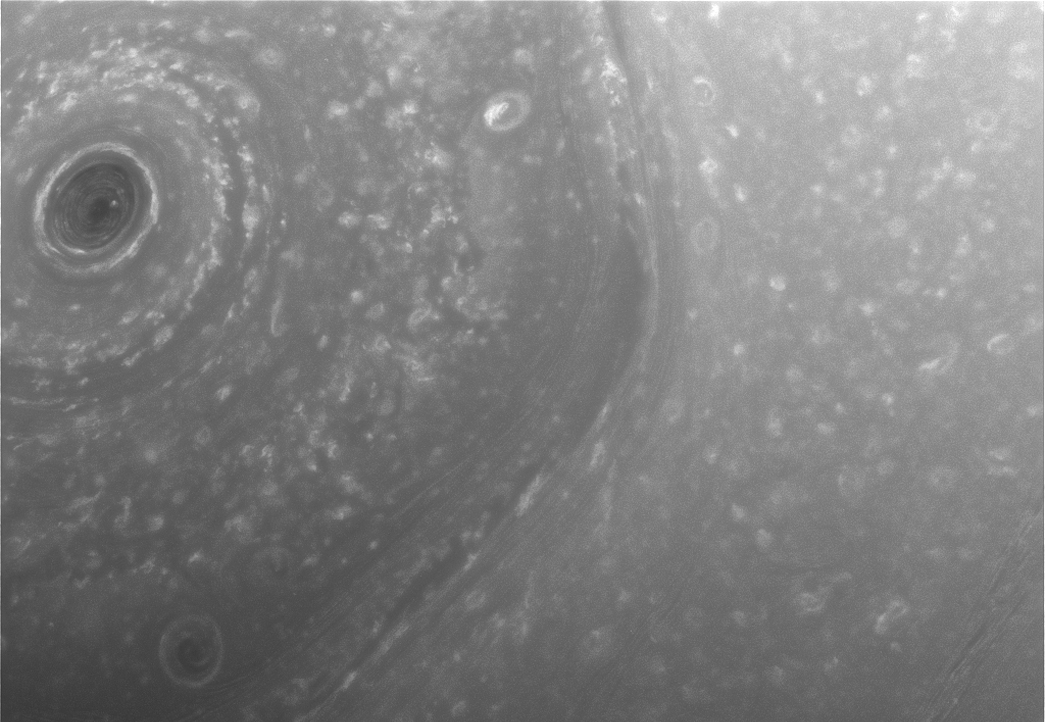
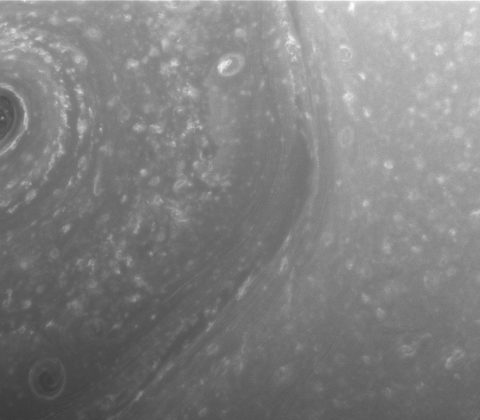
NASA’s Cassini spacecraft sent photos of Saturn’s north pole
 As Cassini winds down its 20-year mission to Saturn, the spacecraft will maneuver into a series of weeklong orbits, allowing it to get a closer look at the planet's famous rings as it flies by. Although there are still a few days before Cassini graze…
As Cassini winds down its 20-year mission to Saturn, the spacecraft will maneuver into a series of weeklong orbits, allowing it to get a closer look at the planet's famous rings as it flies by. Although there are still a few days before Cassini graze…
Engadget RSS Feed
NASA’s EmDrive thruster just took an important leap forward
NASA’s futuristic, physics-defying EmDrive thruster may have just taken an important leap toward silencing its critics, by reportedly passing a rigorous peer review process with a forthcoming paper.
The post NASA's EmDrive thruster just took an important leap forward appeared first on Digital Trends.
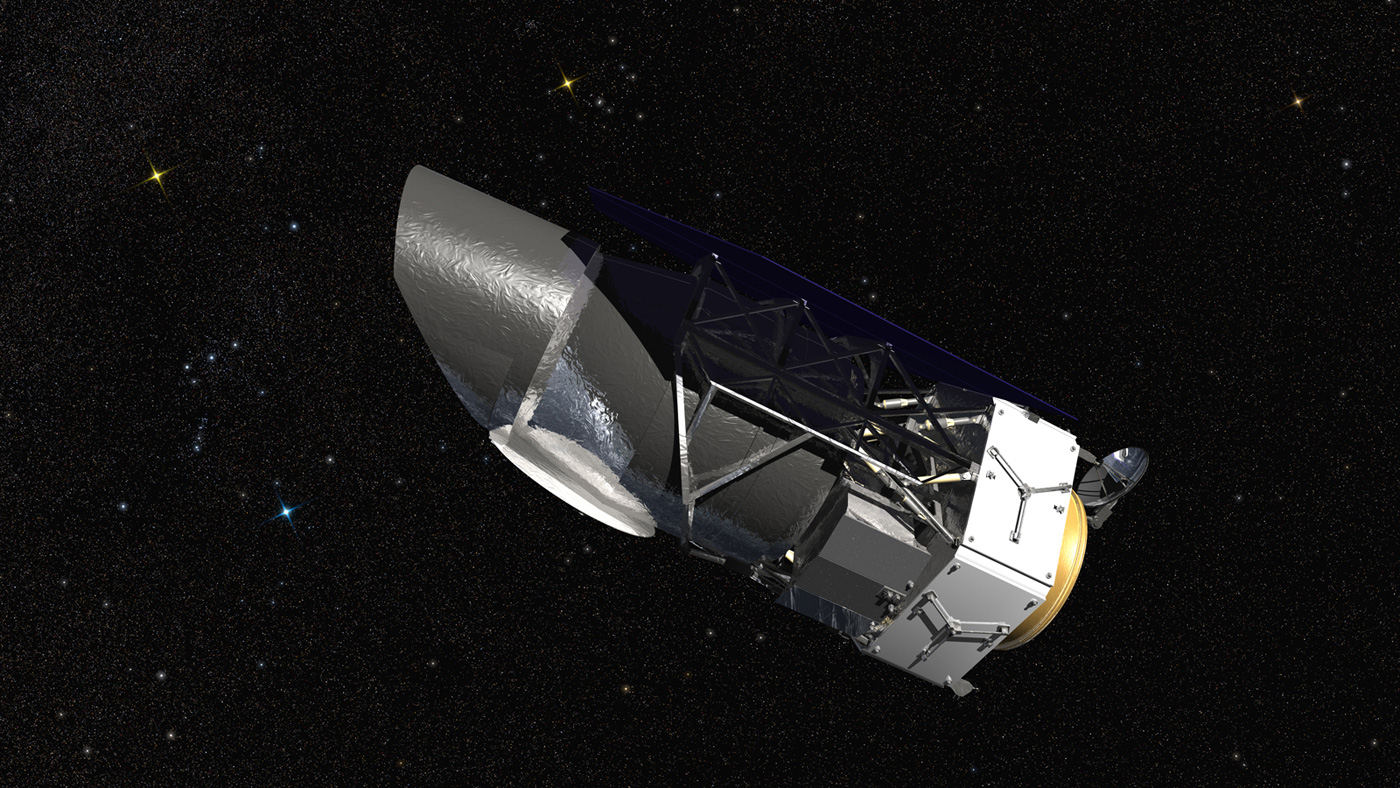
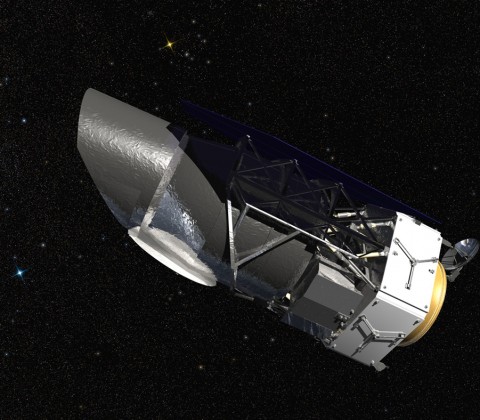
NASA’s next space telescope sees 100 times more than Hubble
 As much as the Hubble Space Telescope has done to shine a light on the darkest corners of the universe, it doesn't hold a candle to what's coming next. NASA has started work on WFIRST (Wide Field Infrared Survey Telescope), a space observatory with…
As much as the Hubble Space Telescope has done to shine a light on the darkest corners of the universe, it doesn't hold a candle to what's coming next. NASA has started work on WFIRST (Wide Field Infrared Survey Telescope), a space observatory with…
Engadget RSS Feed
Wildly innovative ‘space igloo’ wins NASA’s 3D printed Martian habitat challenge
A space igloo created with naturally-occurring Martian ice was the winner of the 3D Printed Habitat Challenge, a competition sponsored jointly by NASA and America Makes.
The post Wildly innovative ‘space igloo’ wins NASA’s 3D printed Martian habitat challenge appeared first on Digital Trends.
